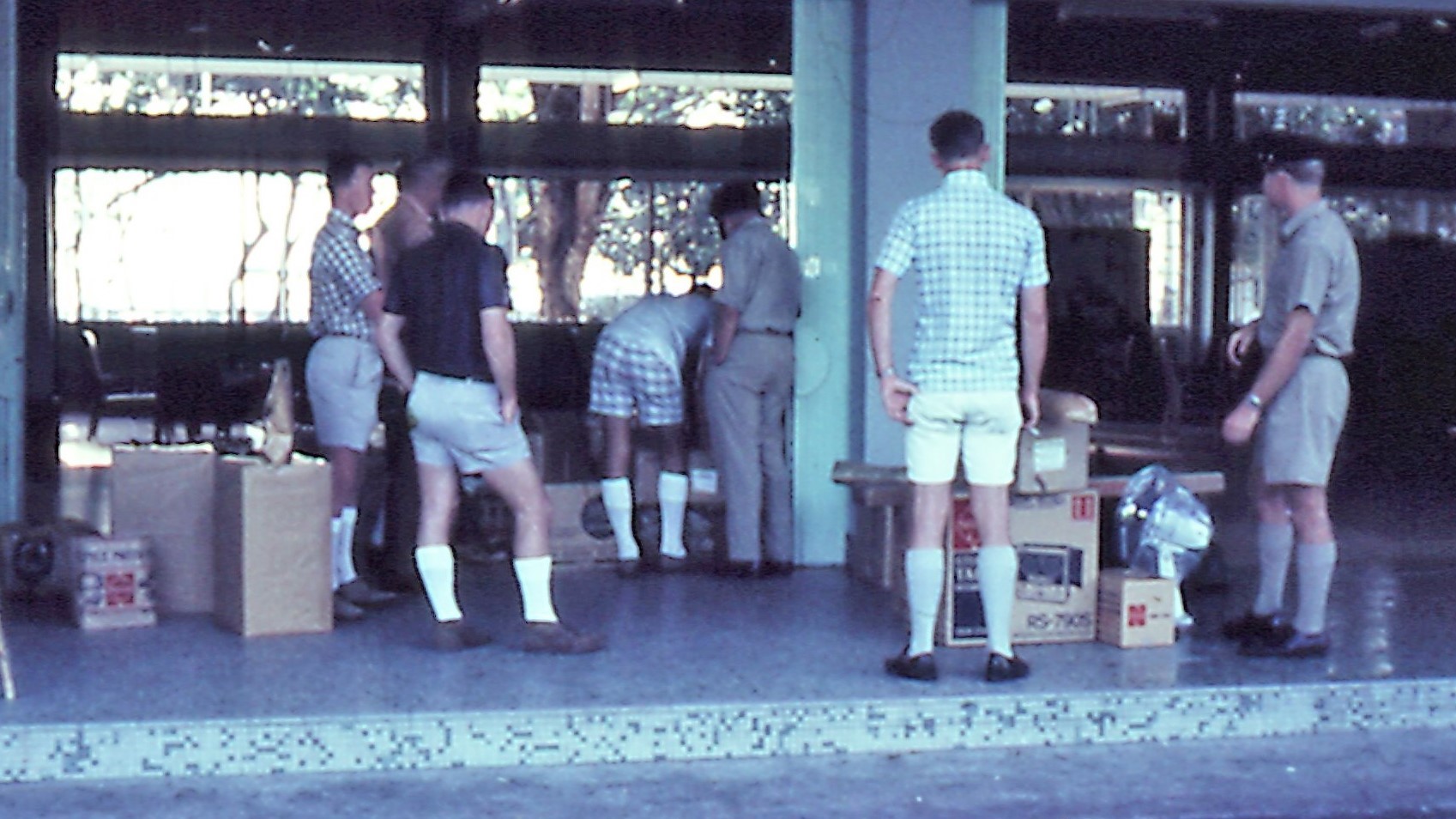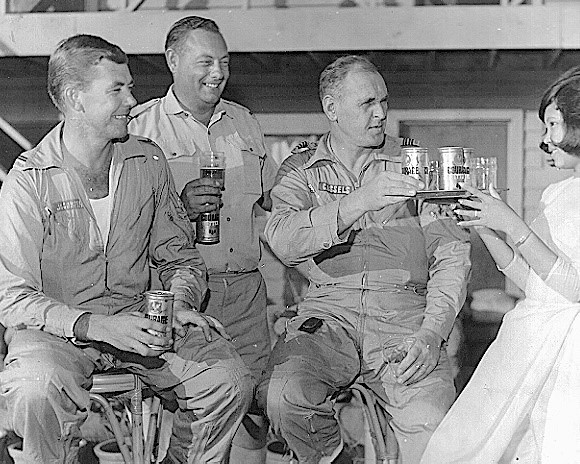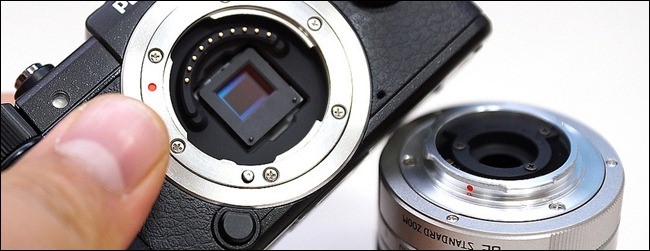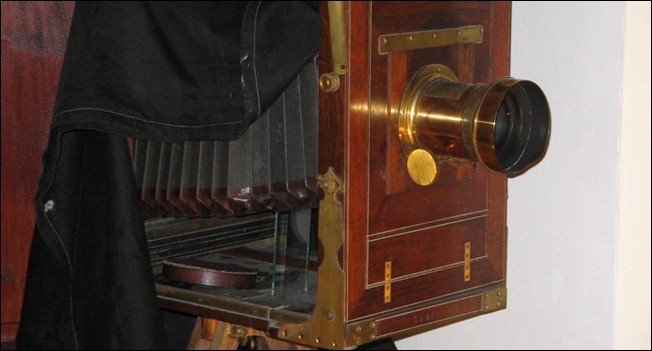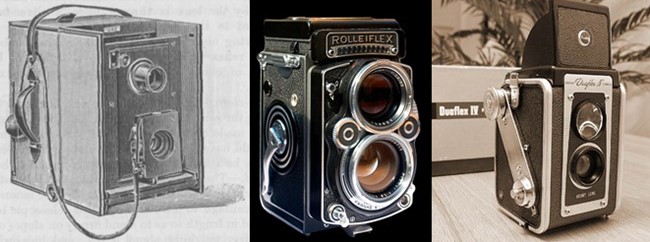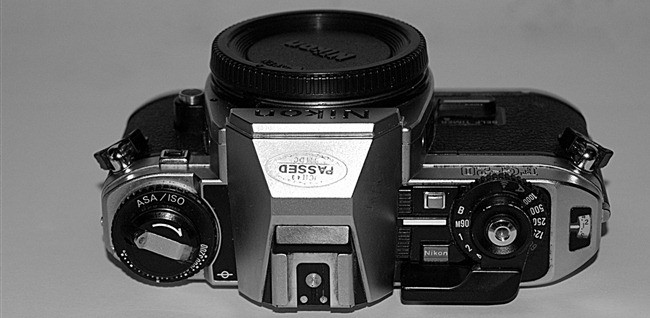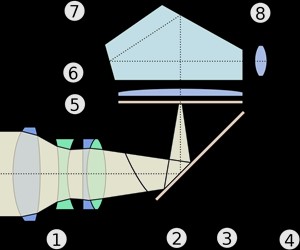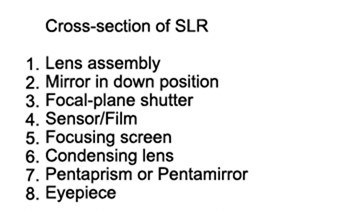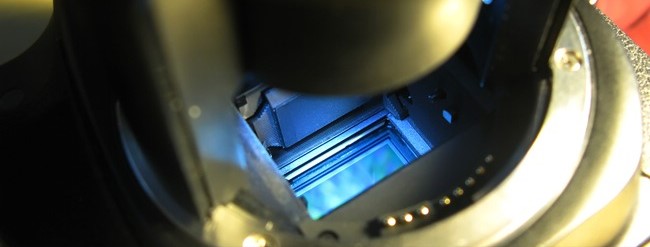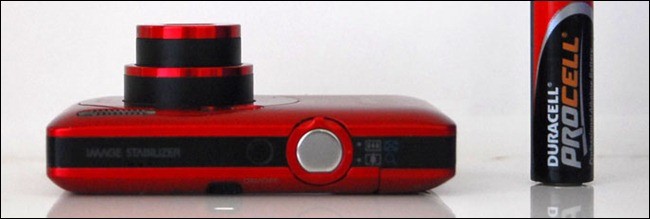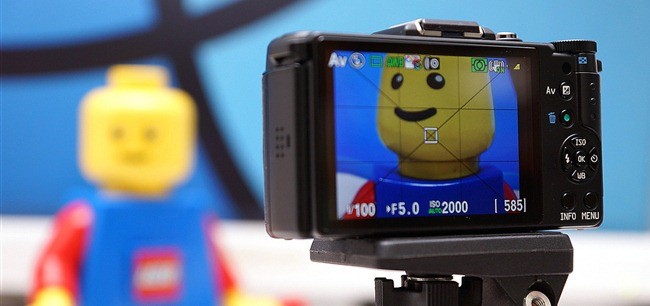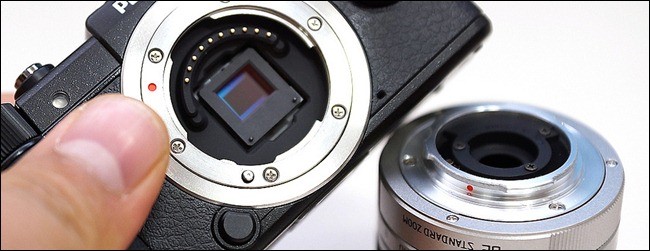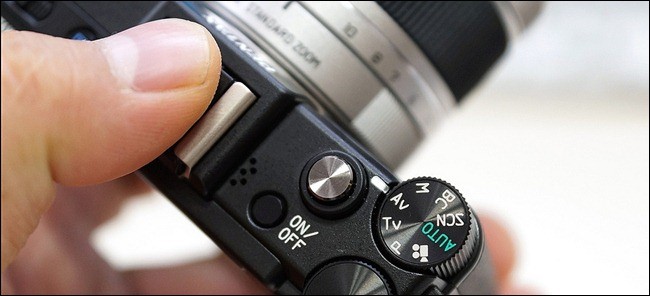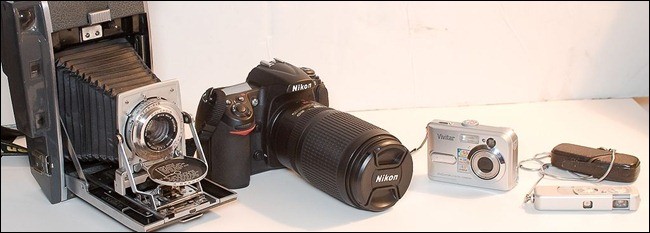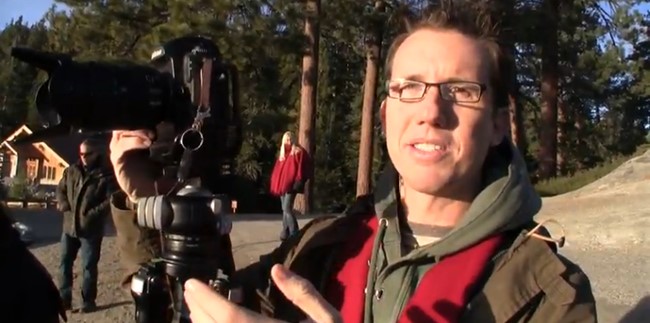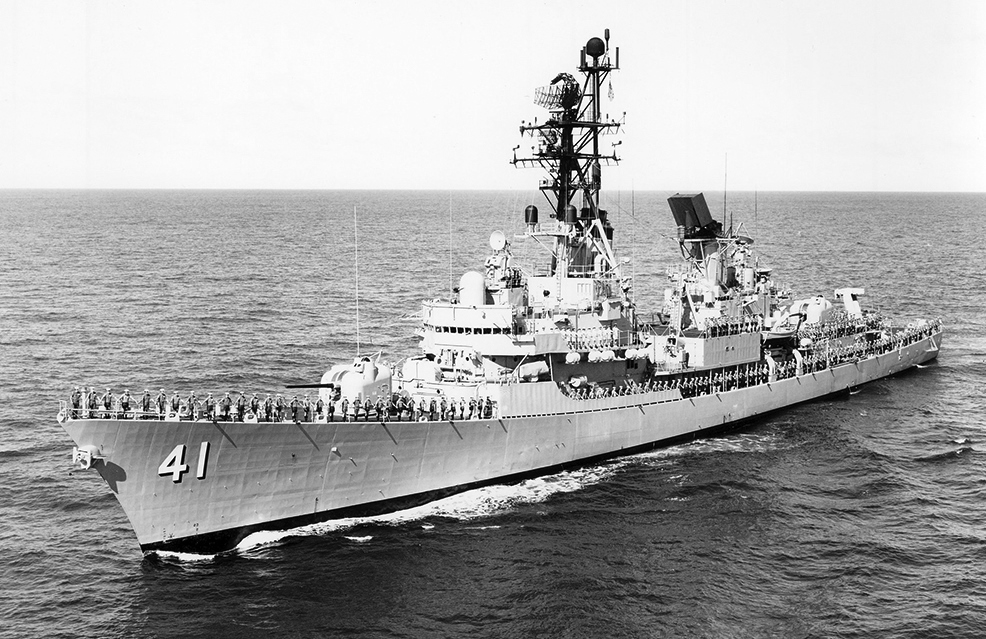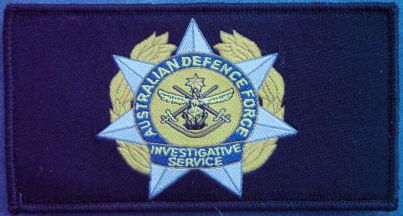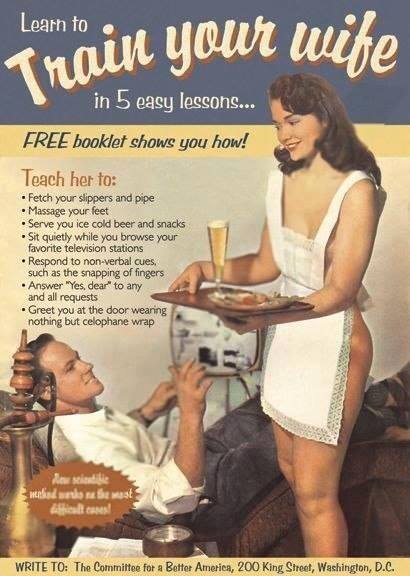|
|
||||||||||||||||||||||||||||||||||||||
|
||||||||||||||||||||||||||||||||||||||
|
Privacy Policy | Editorial Policy | Profit Policy | Join the Association | List of Members | Contact us | Index | Links |
||||||||||||||||||||||||||||||||||||||
|
Back Go to page: 1 2 3 4 5 6 7 8 9 10 11 12 13 14 15 16 17 18 19 20 Forward
|
||||||||||||||||||||||||||||||||||||||
|
Out in the Shed with Ted.
Ted McEvoy. |
||||||||||||||||||||||||||||||||||||||
|
|
||||||||||||||||||||||||||||||||||||||
|
Click the pic above to access the Kedron Wavell Services club web site.
|
||||||||||||||||||||||||||||||||||||||
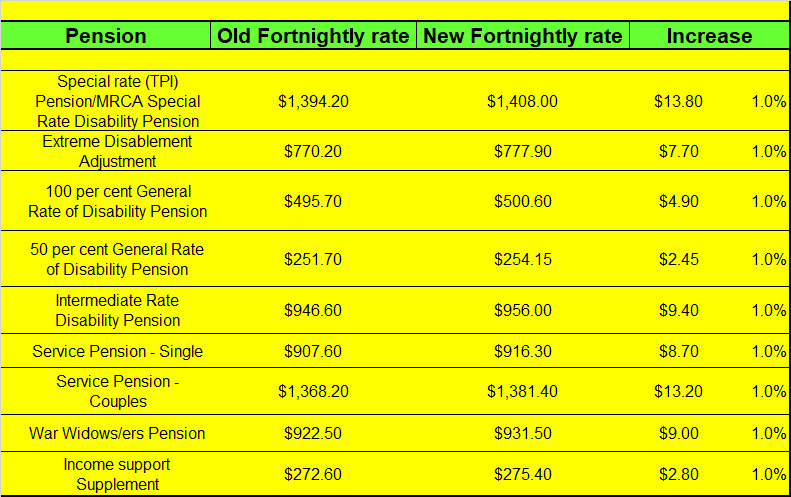 |
||||||||||||||||||||||||||||||||||||||
|
|
||||||||||||||||||||||||||||||||||||||
|
There are times when I really miss my wife. I wish I
could remember where I buried her. |
||||||||||||||||||||||||||||||||||||||
|
|
||||||||||||||||||||||||||||||||||||||
|
Butterworth. Back in 1968, I was in Vietnam keeping the world safe
from those nasty insurgent people who had designs on our wonderful land.
And, being a very patriotic Christian lad, I would always put my country’s
welfare ahead of my own, I would work 7 days a week, spending at least 14
hours a day in th It was common knowledge that I was probably the
second best Radtech the RAAF ever had and if it hadn’t been for me, those
Caribous wouldn’t have flown – just wouldn’t have left the ground. The RAAF knew they were on a good thing having me
over there, they knew the Squadron would and could not have operated without
my input and they tried to make my life as pleasurable as they could. For
instance, most lunch times the ENGO would hop in his little jeep, head into
down-town Vungers and bring me back a nice ice cream and a flake. Every now and then one of those subsonic Caribous would spend a while in the hangar undergoing what used to be called a D servicing. Being a very experienced Radtech, I had one of the most important jobs and oblivious to the stifling heat of the day, would spend hours energetically rolling up the wander leads while the sumpies swanned around and wiped down the cowls with bits of dirty rags. After I had inspected the aircraft and declared it airworthy, it would be flown over to Butterworth for what was called a compass swing. This was the RAAF’s way of giving me a break after all my hard work. A compass swing could be done anywhere, it only took 2-3 minutes, but because I needed a break every now and then, the war would be put on hold for a week and off we’d go.
|
||||||||||||||||||||||||||||||||||||||
|
|
||||||||||||||||||||||||||||||||||||||
|
Butterworth had this thing called “The Boatie” which was a place that
sold, along with the popular coco cola, lemonade and other goffers -
alcoholic drinks, though why anyone would want to drink alcoholic drinks in
a tropical clime is
beyond me. When we got there we’d always go to “The Boatie” where I’d selfishly spend hours
chatting with the local underprivileged kids and their young lovely mums. Just the other day I was chatting with “Jake”
Jacobsen who was one of those people who didn’t do much, just drove the
Caribous while yours and a few others worked our tails off keeping them
serviceable. We could never understand the RAAF’s reasoning on giving people
like Jake, who just drove the aeroplanes, a commission. Afterall, they just
spent a few days at Point Cook learning where the key went to start the
thing, where to sit, what the wing was for, what that thing at the back that
sticks up does, then when they lost their L’s, they would be commissioned. People
such as myself spent 3 or more years of hard study learning the aeroplane’s
bits only to be rewarded with solitary prop to sew onto one’s arm. And at a boozer we had to get our own drinks, not have them
served to us by pretty young girls.
L-R: “Jake” Jacobsen,
Phil Humphries – Vung Tau Provost Marshall and a spritely Jock
Cassels nicking a second can from Phen, the bar girl in the Officers Mess.
In an attempt to justify
the pic above, Jake said “Courage Breweries sent up some
pallets of beer as a gift for the troops (read Officers only), thus the pic
(above) which was used in a Courage promo.
The slogan that went with the photo was 'If you need Courage – drink
it like the Caribou pilots in Vietnam'.
(Good gwief!!) He also said "Naturally, they chose the most handsome people for
the photo shoot. I was fortunate enough to fly three of the
Butterworth compass swings during 1968. One of them was with Maurie Lewis as
the other pilot from 1-5 August. My bet is that that your life was in my
tender hands as we flew across the middle of the Gulf with the NDB needle
swinging all round the dial. Bloody Radtechs!” See!! No
respect!!
|
||||||||||||||||||||||||||||||||||||||
|
Tom Cats.
HERE'S solid proof that even Tom cats have wives.
|
||||||||||||||||||||||||||||||||||||||
|
|
||||||||||||||||||||||||||||||||||||||
|
Adrian Cronauer.
In 1965 and 1966, Adrian Cronauer signed on at 6 a.m. from a Saigon studio as the morning DJ for Armed Forces Radio (AFVN), waking up the troops with a signature line that became the title of a hit movie and has echoed through the years: “Good morning, Vietnam!” You can hear him HERE.
He was an Air Force enlisted man with a golden voice and the aim of giving his listeners an auditory taste of home, with rock-and-roll, soul music and a sassy irreverence that became the basis for the 1987 film that starred Robin Williams. The movie took liberties with Cronauer’s real-life experiences, but the resemblance was close enough that it brought him a degree of celebrity.
Cronauer, a longtime broadcaster and advertising executive who later became a lawyer and a Defence Department official, died on the 18th July 2018 at a nursing home near his home in Troutville, Vaginia. He was 79. The death was confirmed by his daughter-in-law, Mary Muse, who declined to provide a specific cause.
At first, Cronauer had reservations about being portrayed on film, especially by such a flamboyant talent as Williams. “I was afraid of what they were going to do to me and it took me a little while to get used to seeing someone named Adrian Cronauer up there on the screen, but I saw it and I liked it.”
Williams’s antic character displayed a more subversive, anti-authoritarian bent than Cronauer did. Williams’s DJ ad-libbed monologues about sex, politics and absurd regulations and invented a variety of characters, including an imaginary designer of military uniforms: “Why not plaids and stripes? When you go into battle, clash!”
Still, there were similarities between the character and Cronauer: Both taught English to Vietnamese students and encountered reprimands from superior officers for shaking up the staid announcing style and bland musical playlist of military radio. In Cronauer’s Vietnam morning show, called “Dawn Buster,” the silky strings of Mantovani were shelved in favour of the Supremes, the Beatles and the Righteous Brothers. He spoofed popular culture and made fun of military doublespeak, all in an effort to boost the morale of homesick U.S. troops.
“There were lots of ridiculous announcements, like ‘Send your gifts by August to arrive in time for Christmas,’ ” he told the Chicago Tribune. “The crowning achievement for me was when I heard from some guys that when they tuned into ‘Dawn Buster’ for the first time, they assumed they had picked up some radio station from the States.”
After he left Vietnam in 1966, later DJs — including future US “Wheel of Fortune” host Pat Sajak (right), continued his show-opening shout of “Good morning, Vietnam!” (You can hear him HERE). Cronauer, in the meantime, worked for a television station in Ohio before moving to Roanoke in 1967. For the next 12 years, he worked as a local TV anchor, FM-radio announcer and broadcast executive, but he seldom spoke about his days in Vietnam.
He moved to New York in 1979 to work as an announcer at the classical music station WQXR. He also opened an advertising agency and did voice-over work. In New York, Cronauer and another Vietnam veteran, Ben Moses, began to kick around an idea for a TV show based loosely on two popular sitcoms of the time: “M*A*S*H,” set during the Korean War, and “WKRP in Cincinnati,” about high jinks at a radio station. “It occurred to us that if you take the two of them and put them together,” Cronauer told Newsday, “you’ve got Armed Forces Radio.”
They called their show “Good Morning, Vietnam!”
They shopped the idea around with little success until it found its way to Williams’s agent. The sitcom idea was scrapped, and screenwriter Mitch Markowitz reworked the script as a feature film. Director Barry Levinson kept Williams and Cronauer apart until the film was completed. “His theory supposedly was that if we met, Robin would subconsciously start trying to do an imitation of me, which would change the characterization,” Cronauer told the Roanoke Times. “When the movie premiered in New York, we met, and we shook hands and Robin said, ‘I’m glad to finally meet you.’ And I said, ‘Well, I’m glad to finally meet me, too.’ ”
“Good Morning, Vietnam!” earned Williams an Oscar nomination as best actor and proved to be his breakout film performance.
Adrian Joseph Cronauer was born Sept. 8, 1938, in Pittsburgh. His father was a steelworker, his mother a teacher. He first appeared on a local children’s TV program when he was 12, and in high school he worked on a show with Fred Rogers, later the host of the long-running “Mr. Rogers’ Neighbourhood.” At the University of Pittsburgh, Cronauer helped establish a student-run radio station before transferring to American University. A few credits short of graduating in 1962, he enlisted in the Air Force. While stationed at Iraklion Air Station on the Greek island of Crete, he began using a version of his famous salutation. “It started out to be a calm, matter-of-fact, ‘Good morning, Iraklion,’ ” he told the Fayetteville (N.C.) Observer in 2011. “But as the program developed, it got wilder and wilder: ‘Goooooood morning, Iraklion!’ ”
In the early 1980s, Cronauer received a master’s degree in media studies
from the New School for Social Research in New York. He used his
In 2014, he was disbarred in the District of Columbia and later in Pennsylvania, accused of misleading clients on matters related to foreclosures and loan modifications. His wife of 36 years, the former Jeane Steppe, died in 2016. Survivors include a stepson, Michael Muse of Troutville; four grandchildren; and a great-grandson.
Cronauer recognized that “Good Morning, Vietnam!” was forever a part of his life, and wherever he went he was asked to repeat his signature wake-up call. “The movie is much more interesting than the experiences I had,” he said in 1988. “Robin Williams is very funny. I’m not. Williams is the disc jockey I would have liked to be.”
|
||||||||||||||||||||||||||||||||||||||
|
There was a power failure in a Dublin department store last week and three hundred people were stranded on the escalators for more than two hours.
|
||||||||||||||||||||||||||||||||||||||
|
Shoplifting?
That's not shoplifting, have a look at this! :
|
||||||||||||||||||||||||||||||||||||||
|
Christmas Day Luncheon.
This year, instead of spending hours in the kitchen preparing Christmas Day lunch for the family, pack everyone up and head for the Kedron Wavell Services Club for their renowned Christmas Day lunch extravaganza.
You will be treated to a delicious seafood buffet, with live entertainment and a special appearance of Santa Clause.
There will be a free Christmas gift for each child.
Doors open 11.00am on Tuesday Christmas day.
Costs are:
Adults from $139 Children (10-14yrs) from $72.50 Children (5-9yrs) from $42.50 Children under 5 free.
Bookings essential, you can book HERE.
|
||||||||||||||||||||||||||||||||||||||
|
|
||||||||||||||||||||||||||||||||||||||
|
What are Mirrorless Cameras, and are they better than normal DSLRs?
|
||||||||||||||||||||||||||||||||||||||
|
|
||||||||||||||||||||||||||||||||||||||
|
People say they are done buying DSLR cameras because mirrorless cameras are the future. Let’s take a look at what these cameras are and see if they are onto something, or is it just a lot of hot air.
The big question is what are “mirrored” cameras and how does this new generation of cameras fit into the history of photography and the development of better and better equipment.
|
||||||||||||||||||||||||||||||||||||||
|
|
||||||||||||||||||||||||||||||||||||||
|
Some years ago, when photography was first brought to the masses, cameras were very simple objects. They had a shutter that blocked light and a photosensitive material that reacted to light when that shutter opened. The problem with this very simple design was that it was impossible to see what you were about to expose and therefore very tough to compose a good shot. If you’ve ever seen or experimented with pinhole cameras, you’ll know what this is like—it’s mostly guesswork.
|
||||||||||||||||||||||||||||||||||||||
|
|
||||||||||||||||||||||||||||||||||||||
|
Later generations of cameras had viewfinders for photographers to look through to compose their images, but this viewfinder was a completely different lens than the one that focused light on the film. Since you were composing with one lens and shooting with another, this created a parallax. Simply defined, a parallax with this type of camera, called a twin lens reflex, means that what you see isn’t what you get. In order to solve this problem, camera engineers had to design a machine that was capable of allowing photographers to see and expose through the same lens.
Enter the Single Lens Reflex
|
||||||||||||||||||||||||||||||||||||||
|
|
||||||||||||||||||||||||||||||||||||||
|
Single lens reflex, or SLR cameras were the answer to the parallax problem. With a clever mechanism of moving parts, SLR cameras reflect the light coming through the lens to optical viewfinders (and to the eye of the photographer). When the shutter release button is pressed, the mirror moves and that same light through the same single lens is allowed to expose the image on the photosensitive film.
|
||||||||||||||||||||||||||||||||||||||
|
||||||||||||||||||||||||||||||||||||||
|
As SLR cameras evolved, a few trends started to take place. Cameras started to normalize layouts—shutter advances, shutter releases and film storage all moved to similar locations, despite the manufacturer. And 35mm film became the de facto format for professional and home use—with some exceptions, obviously. Eventually the professional photographers got interchangeable lenses, all with standard lens mounts and lenses tuned to the format of that specific camera. What this meant was that a photographer could carry a single camera body and exchange lenses to shoot a variety of situations and the camera companies had a whole new line of products to develop, manufacture, and sell to consumers. In this age of 35mm film photography, most home photographers likely would not need the versatility of interchangeable lenses and opted instead for more compact and simpler point and shoot cameras with permanent lenses. Even today, this same two market approach to camera design is obvious.
A Bit About Digital Cameras,
|
||||||||||||||||||||||||||||||||||||||
|
|
||||||||||||||||||||||||||||||||||||||
|
Digital cameras use photosensors in place of old-fashioned film to detect and record light coming in through a focused lens. Using this same single lens model (in general), digital cameras have (obviously) transformed how we take pictures today. Let’s briefly talk a little bit about how.
Digital Single Lens Reflex, or DSLRs, as they’re branded, have continued the tradition of interchangeable lenses, but have the additional added benefits of through the lens metering (reading the available light through the main lens) and auto shooting modes, allowing (to the chagrin of many photographers) users to take better pictures without having much knowledge of the art or science of photography.
In addition, digital cameras allow for a shorter feedback loop for those of us hoping to actually learn more. This means that we can instantly learn if a photo is bad or good and make changes on the fly. In the past, changing ISO more or less meant changing a whole roll of film and learning what you shot wrong took developing a whole roll and starting over if you made a mess of it.
|
||||||||||||||||||||||||||||||||||||||
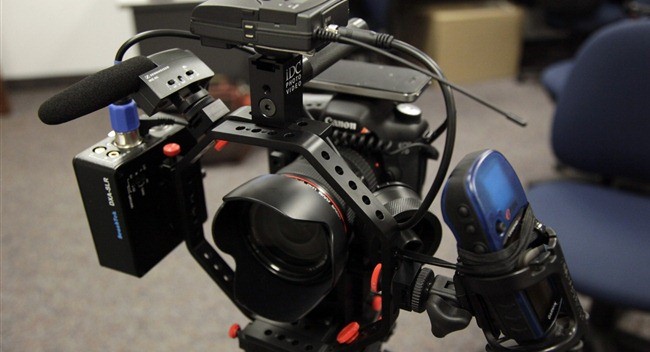 |
||||||||||||||||||||||||||||||||||||||
|
Many modern point and shoot cameras have viewfinders with separate lenses, so we come back to the problem with parallax, however, these fixed lens, point and shoot cameras cleverly use the same lens and sensor to create an image on an LCD screen, replacing the optical second lens viewfinder altogether. This development is what allows the so-called “mirrorless” cameras to be mirrorless. |
||||||||||||||||||||||||||||||||||||||
|
|
||||||||||||||||||||||||||||||||||||||
|
Mirrorless Cameras are here! But - are they the future?
|
||||||||||||||||||||||||||||||||||||||
|
|
||||||||||||||||||||||||||||||||||||||
|
Unlike a lot of innovations in digital imaging, mirrorless cameras are already commercially available and there are several companies currently making high quality mirrorless digital cameras.
|
||||||||||||||||||||||||||||||||||||||
|
|
||||||||||||||||||||||||||||||||||||||
|
What makes these mirrorless cameras truly different from both DSLR cameras and modern point and shoot digital cameras is a sort of “best of both worlds” scenario. Because the design is mirrorless, the camera body is much simpler, smaller, and easier to carry, and because the camera body has been designed differently, the lenses for these cameras are also simpler and smaller to manufacture. This allows for smaller, high quality lenses to be made at lower costs.
Eventually, some of that savings is bound to be passed on to the consumer, if it isn’t already, and because this new generation design incorporates interchangeable lenses, photographers will be able to use the lens appropriate to the situation—a must to attract the professional crowd.
|
||||||||||||||||||||||||||||||||||||||
|
|
||||||||||||||||||||||||||||||||||||||
|
Like the point and shoot cameras, mirrorless cameras use the LCD screen in place of an optical through-the-lens viewfinder. The advantage of that is obvious—photographers get a larger, more accurate idea of what their final image is going to look like, even before the image is recorded. However, consumers that insist on using the optical viewfinder will find that they aren’t happy with the parallax, or being forced to use the LCD screen to compose.
|
||||||||||||||||||||||||||||||||||||||
|
|
||||||||||||||||||||||||||||||||||||||
|
When you look at the overall trend of technology improvements over the years, it does sort of make sense that these mirrorless, or “3rd generation” cameras, would be the future of digital photography. Mirrors in single reflex cameras were an engineering feat from the late 20th to early 21st century to solve the problem of parallax without exposing film. With today’s technology, it’s simple to use one lens to create a preview of an image on an LCD, solving the parallax problem in a much more modern way.
Is this way inherently better? Depends on whom you ask.
|
||||||||||||||||||||||||||||||||||||||
|
|
||||||||||||||||||||||||||||||||||||||
|
Are DSLRs on the way out? It might not be as cut and dry as some people say. It may depend more on marketing and the reaction of camera buyers and the amount of resources camera manufacturers will put behind this generation of mirrorless interchangeable lens cameras. You might draw a parallel to photographers buying “mirrorless versus DSLR” to “Betamax versus VHS”, or “Blu-Ray versus HD-DVD.” It’s a complicated question, and even if some photographers or experts call the fight, if camera companies can’t convince their customers that mirrorless is truly the future of professional digital photography, it never will be, despite any advantages.
I’ve personally got one of THESE – great camera, I can definitely recommend them.
|
||||||||||||||||||||||||||||||||||||||
|
The Doctor said to Joe, "The good news is I can cure your headaches...The bad news is that it will require castration. You have a very rare condition which causes your testicles to press up against the base of your spine and the pressure creates one hell of a headache. The only way to relieve the pressure is to remove the testicles." Joe was shocked and depressed. He wondered if he had anything to live for. He couldn't concentrate long enough to answer, but decided he had no choice but to go under the knife. When he left the hospital, he was headache free for the first time in over 20 years, but he felt as if he was missing an important part of himself.
As he walked down the street he realized he felt like a different person. He could make a new beginning and live a new life. He saw a men's clothing store and thought, "That's what I need, a new suit." The elderly salesman eyed him quickly and said, "Let's see, you're a size 44 long." Joe laughed and said, "That's right, how did you know?" "Been in the business 60 years!" Joe tried on the suit. It fit perfectly. As Joe admired himself in the mirror, the tailor asked, "How about a new shirt?" Joe thought for a moment and then said, "Sure." "Let's see, 16 and a half neck, 34 sleeve." Joe was surprised. "How did you know?" "Been in the business 60 years." The shirt fit perfectly. As Joe looked at himself in the mirror, the salesman said, "You could use new shoes." Since Joe was on a roll, he said, "Sure." The man eyed Joe's feet and said, "9-1/2E." Joe was astonished. "That's right. How did you know?" "Been in the business 60 years." Joe tried on the shoes and they also fit perfectly.
As Joe walked comfortably around the shop, the salesman asked, "How about new underwear?" Joe thought for a second and said, "Why not." The man stepped back, eyed Joe's waist and said, "Let's see, size 36." Joe laughed. "Finally I've got you! I've worn size 32 since I was 18 years old." The tailor shook his head and said, "You can't wear a size 32. Size 32 underwear would cause your testicles to press up against the base of your spine and give you one hell of a headache!"
|
||||||||||||||||||||||||||||||||||||||
|
Santa's $50,000 giveaway.
Kedron Wavell Services Club has a Christmas Stocking chock full of cash which it will give away over the two days, 14th and 15th December.
Commencing at midday each day and each half hour thereafter, the Club will give away $1,000 to one lucky patron.
To enter, just spend $10 on either food, bingo, keno or on the pokies and you're in.
$20,000 will be given away each day, $1,000 on the hour and the half hour and at 9.00pm each day there will be a bumper give away of $5,000.
You have to be present to win.
|
||||||||||||||||||||||||||||||||||||||
|
|
||||||||||||||||||||||||||||||||||||||
|
Not being a current bagger myself, but having been amongst the ranks some time ago, I'm certain the following is a classic example of the male bagger's life. |
||||||||||||||||||||||||||||||||||||||
|
Exemption from GST.
If you are eligible to purchase a car GST-free, you are also entitled to:
Petrol, oil or accessories such as mudflaps are not GST-free.
If you satisfy the eligibility criteria, (see HERE) complete a Declaration for an exemption of GST on a car or car parts (see HERE) and present it to your car or car parts supplier.
If you do not have a declaration for exemption before you purchase your car or car parts, the dealer or supplier may charge you GST. You may be able to obtain a refund of the GST after you have purchased your car or car parts, but it is simpler for you if the declaration is provided before you make your purchase. Under the tax law, the ATO is unable to provide you with a direct refund of the GST you paid on either your car or car parts.
Exemption from GST for an eligible person applies up to the value of the 'car limit'. The 'car limit' figure is set annually (see HERE). You must pay GST on any amount above that limit. The value of the car you purchase does not include the value of any modifications made solely to adapt the car for you to drive or be driven in. If the value of a modified car exceeds the car limit, you must pay GST on the value above the car limit. You do not pay GST on the value of the modifications made to the car.
If you are eligible to purchase a car GST-free, then you can also lease a car GST-free, if both of the following apply:
Novation arrangements.
Under a novation arrangement, you may agree with the lessor and the finance company to take over all or part of the lessee's rights and obligations under a lease. Whether a car is GST-free under a novation arrangement depends on the type of arrangement you enter into. If you lease it under a partial novation arrangement the car is GST-free. Under a partial novation lease your employer does not lease the car, but you lease it directly.
If it is subject to a full novation arrangement the car is not GST-free. Under a full novation arrangement your employer leases the car.
If you are eligible to purchase a car GST-free, you are also entitled to purchase certain car parts GST-free, including items such as:
Items that are not car parts are not GST-free, these include:
Accessories are not car parts and are not GST-free, these include:
Parts that are not specifically for cars are not GST-free, for example, parts specifically for trucks, vans, buses, motor cycles and other machinery. Car parts purchased by a business for sale to eligible people are not GST-free for the business. The business must pay GST when it buys the car parts and can later claim a GST credit (if registered for GST) on their activity statement. The business can sell the car parts GST-free to eligible people when it receives a completed declaration.
Car parts supplied to you during a repair of your car and the cost of labour services in fitting those parts to your car, are GST-free. This is because the supply of car parts and labour to an eligible person is treated as a single GST-free ‘sale of car parts’.
If car parts are supplied to you when you service your car and those parts are integral to the servicing of your car, for example, spark plugs fitted in the course of a service, then those parts and the labour services in fitting those parts are not GST-free. A car service, which typically involves mostly labour services with some integral parts, such as spark plugs or filters, is a taxable sale and incurs GST.
|
||||||||||||||||||||||||||||||||||||||
|
This poor kid doesn’t know it yet, but he can never run for political office now!
|
||||||||||||||||||||||||||||||||||||||
|
|
||||||||||||||||||||||||||||||||||||||
|
HMAS Brisbane.
HMAS Brisbane (II) was the third of three improved Charles F Adams class guided missile destroyers (DDG) built in the United States for the RAN; her sister ships were HMA Ships Perth (II) and Hobart (II). The destroyers were referred to in the RAN as Perth class DDGs and their primary role was air defence. Seen by many as one of the most successful acquisitions in the post-World War II era, the ships had vastly increased capabilities in all warfare areas, but particularly air defence, and command and control.
With the decision to cease fixed wing naval aviation in the early 1960s, a need arose to replace the capability previously provided by the carrier, HMAS Melbourne (II). |
||||||||||||||||||||||||||||||||||||||
|
|
||||||||||||||||||||||||||||||||||||||
|
The River class frigates, which were at the time still under construction, were expected to address anti-submarine capability, but air defence capability still needed to be addressed. For naval planners, the choice came down to the Royal Navy’s (RN) County class destroyers, designed around the Sea Slug surface-to-air missile system, and the United States Navy’s (USN) Charles F Adams class destroyers designed around the Tartar missile system.
The Tartar system was a superior weapons platform to the Sea Slug and offered the added bonus of being compact enough to be retrofitted into the RAN’s existing Daring and Battle class destroyers, but any decision to acquire an American design still bore considerable risk. As the Chief of Naval Staff at the time, Vice Admiral Sir Henry M Burrell, KBE, CB, RAN, stated “It was not the ships and equipment that worried me but the practicability of dealing with logistics, problems resulting from different types, sizes and nomenclature of equipment.”
During her career, Brisbane made two deployments to Vietnam, was involved in the post-Cyclone Tracy disaster relief operation and deployed to the Persian Gulf during the first Gulf War. Brisbane was decommissioned in 2001 and was sunk as a dive wreck off the Queensland coast in 2005. |
||||||||||||||||||||||||||||||||||||||
|
||||||||||||||||||||||||||||||||||||||
|
|
||||||||||||||||||||||||||||||||||||||
|
Officer convicted, jailed.
AFTER an investigation into allowance fraud by the ADF Investigative Service in early 2017, a lieutenant colonel (Wing Commander equivalent) was convicted on four counts of obtaining a financial advantage contrary to the Defence Force Discipline Act 1982 (Cth) and Criminal Code Act 1995.
The officer joined the Army in the early 1990s and was a distinguished and valued contributor, however, while occupying a rental property and receiving full rental allowance (RA), the officer decided to sublet a room to a friend, initially for $150 a week, before raising that amount to $170 a week. Defence Housing Authority (DHA) was never notified of the change in circumstances despite the arrangement lasting several years and the officer completing annual reviews.
The ADF Investigative Service became aware of the officer’s criminal conduct via a tip-off and commenced an investigation. The investigation determined that:
This is contrary to DHA guidance and PACMAN (Division 4) which states that:
When ADF members receive significant allowances to alleviate the demands of service life, it is essential the privileged nature of these benefits are respected. With regards to the member in question, not meeting their reporting obligations to the Commonwealth constituted a serious breach of Defence values. The presiding magistrate said:
“It is well recognised that where there is a breach of trust involved, that is a significant factor. The military relies on the honesty of its members in relation to the payments of allowances such as rental allowance. Where there is an abuse of trust, as in the present matter, that breach of trust must be dealt with by way of [the appropriate] punishment.”
The officer was found guilty of allowance fraud and consequently:
DVA Health Cards
DVA issues health cards to veterans, their war widow(er)s and dependants to ensure they have access to health and other care services.
The DVA Health Entitlement Cards Summary is a printable table for health providers summarising the types of DVA health cards and services covered by each card. It also has useful contact details.
You can see it HERE.
You have to admit, THIS bloke was funny.
Iceland.
Whilst touring through Iceland in June this year, I ran into some mates. In case you are confused, I’m on the right in the red jacket !!
|
||||||||||||||||||||||||||||||||||||||
|
|
||||||||||||||||||||||||||||||||||||||
|
|
||||||||||||||||||||||||||||||||||||||
|
|
||||||||||||||||||||||||||||||||||||||
|
If you're looking for me, I'm in hiding! |
||||||||||||||||||||||||||||||||||||||
|
|
||||||||||||||||||||||||||||||||||||||
|
Blessed are those who are cracked, for they are the ones who let in the light!
|
||||||||||||||||||||||||||||||||||||||
|
Ok, Ok!! – I’m going back to my room now!!
I'm Ted Mac - and you're not!
|
||||||||||||||||||||||||||||||||||||||
|
|
||||||||||||||||||||||||||||||||||||||
|
|



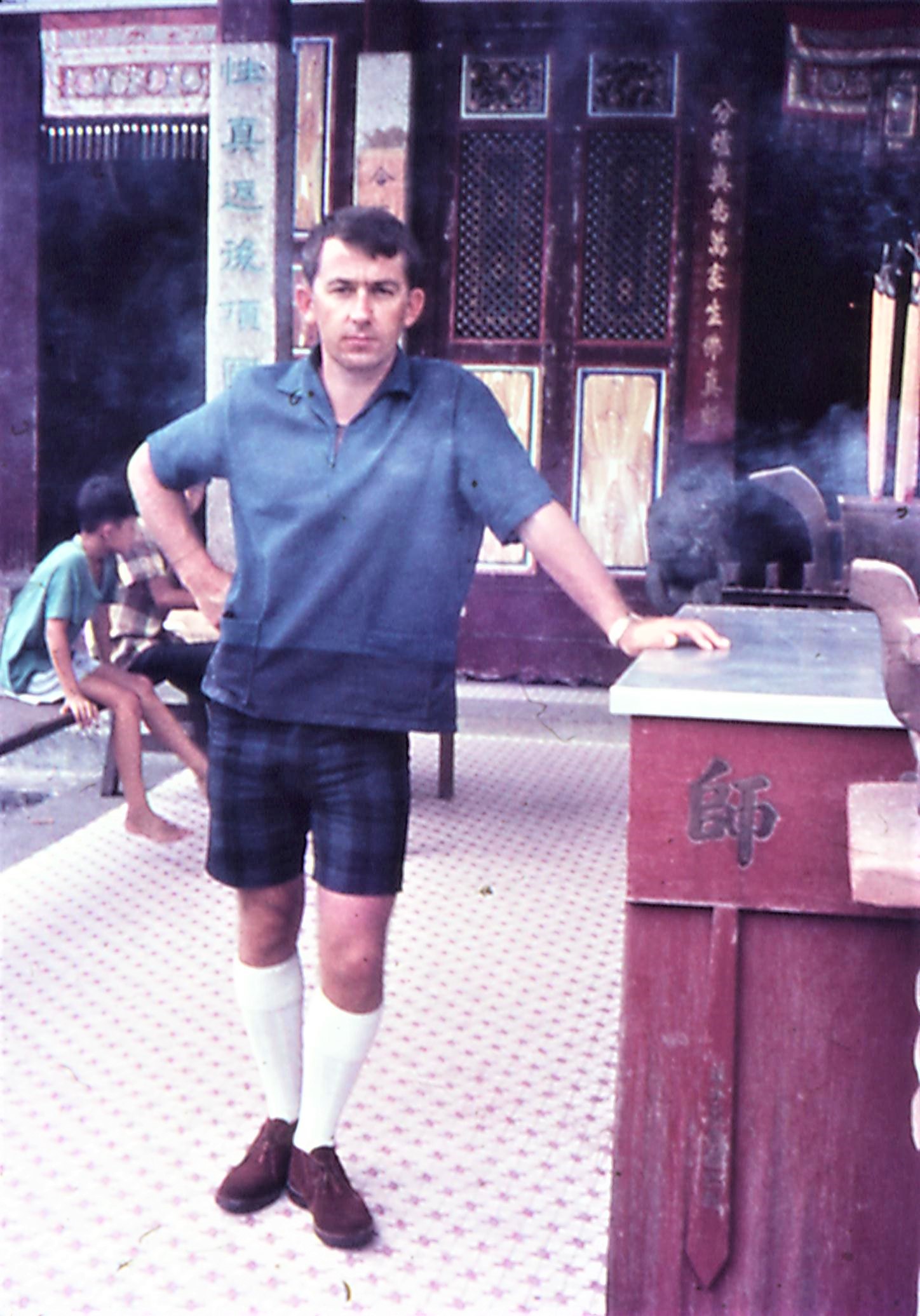 e
hangar and when there was no immediate work to be done, I would take up the
broom and sweep out the hangar keeping it clean for my fellow workers.
e
hangar and when there was no immediate work to be done, I would take up the
broom and sweep out the hangar keeping it clean for my fellow workers. 